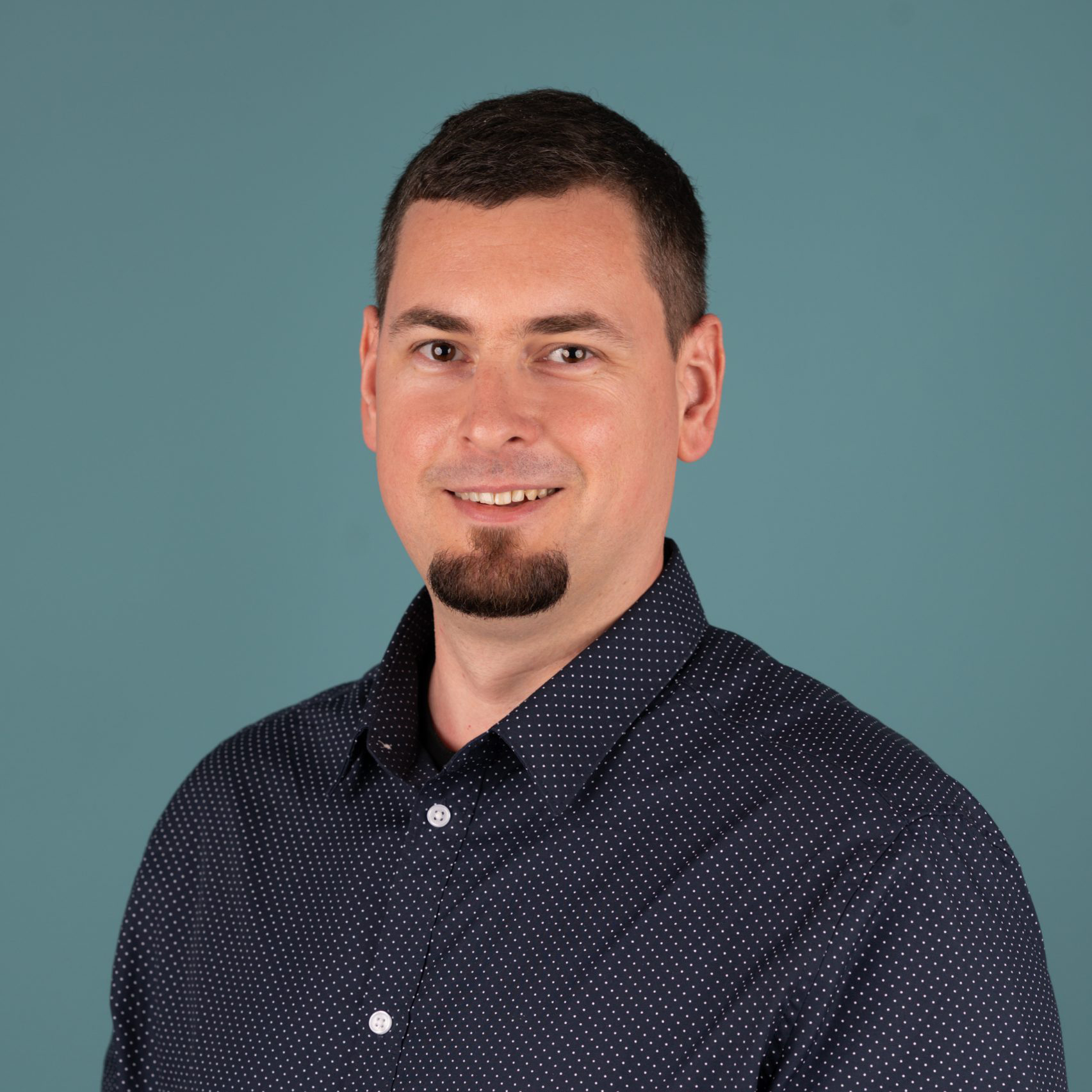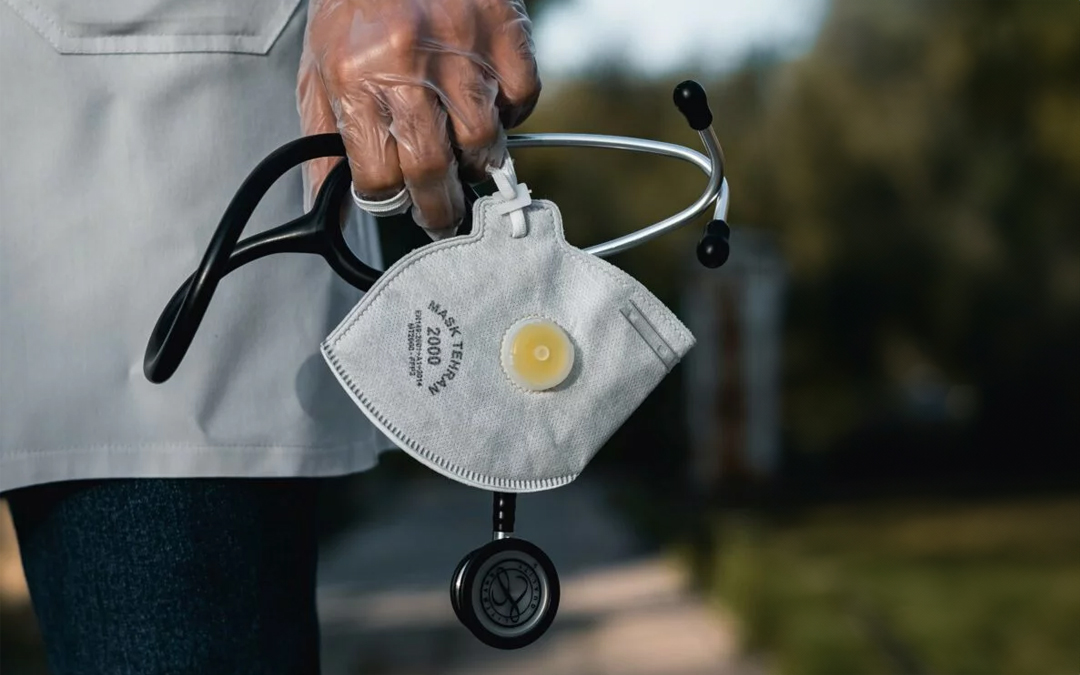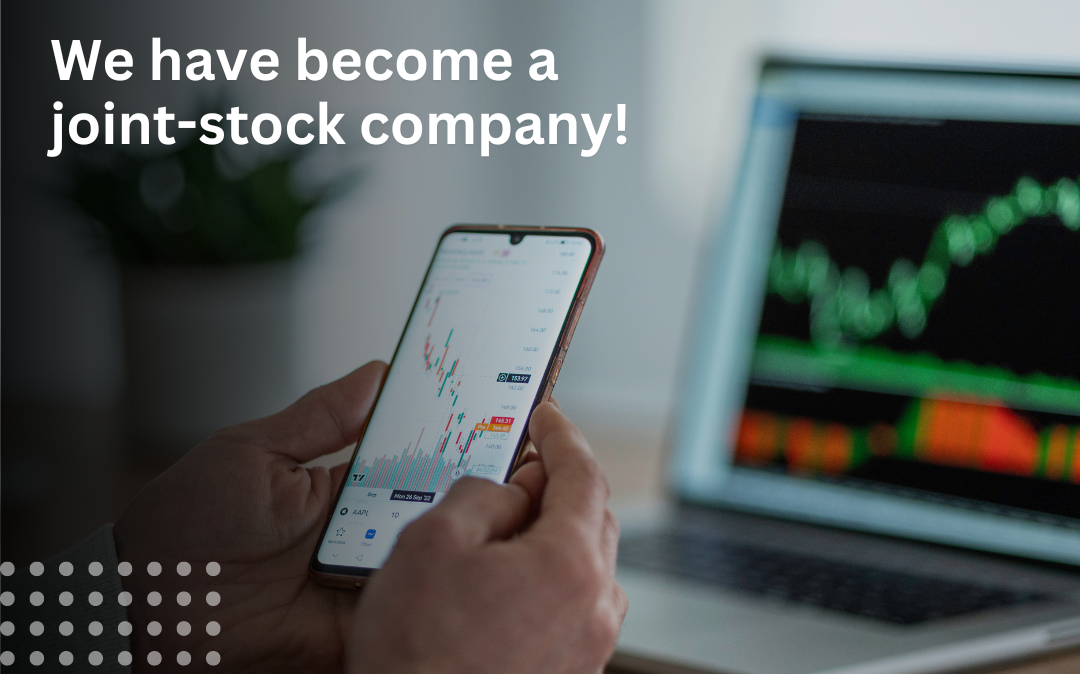Our story
SAMU was initially developed 2003 when our company, Atoll Technologies Plc. was tasked in developing a software to support the M&A of two banks. The scope of the activities included mapping out the IT landscape, identifying the vast network of business and IT dependencies, determining the data flows and modelling the transition project roadmap. Since it was such a success and we realized it could be helpful at our other customers, we decided to implement this tool on several other projects. We have since delivered it in 10+ countries all over the world and our colleagues have been fine-tuning the application ever since, using input from our customers. Thus, it has been developed through a bottom-up approach, providing a solution to the actual needs of our customers that fully supports their EA requirements.
And, this is the story of how SAMU initially came to be…
Meet the Team
Gábor Vinczellér
Head of Product Development, Senior Consultant, TOGAF Certified
Oliver Kocs
Sales Manager Atoll Technologies and Managing Director of Atoll Americas
Oliver holds a degree in Economics from UC Berkeley and grew up in the US. He brings over 25 years of experience in sales, business development and account management specifically working with enterprise accounts in the ICT sector. He has been with Atoll for over 8 years helping expand SAMU’s customer base during that time. Currently Oliver’s primary responsibility at Atoll is to grow the international footprint of SAMU, with a particular focus on the North American market. In his spare time, he is a family man with a boy and girl. He is crazy about sports avidly following all major US sports leagues while actively playing golf and basketball competitively.
Ádám Kovács
Lead SAMU Developer
Ádám began working with SAMU while still a student at the Budapest University of Technology where he has an MSc in Computer Engineering. Over the past 10 years he has been instrumental in the product development of SAMU. He loves software architecture and development and is comfortable with Java full stack. He is very socially and environmentally conscious, actively supporting charity activities of Atoll. In his spare time, he is a family man with two kids and his hobbies include photography, playing computer games, being a movie buff and hiking in nature.
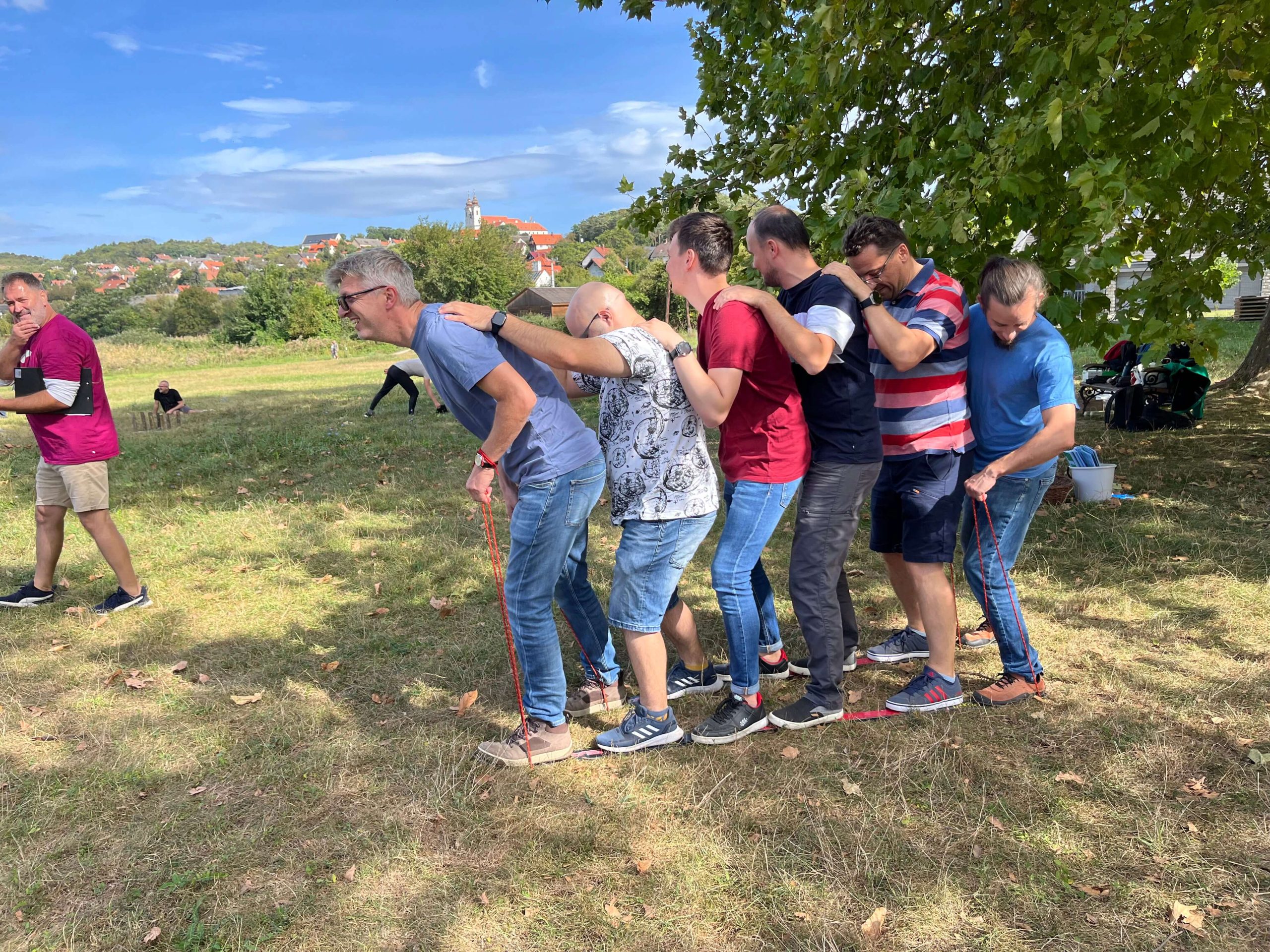
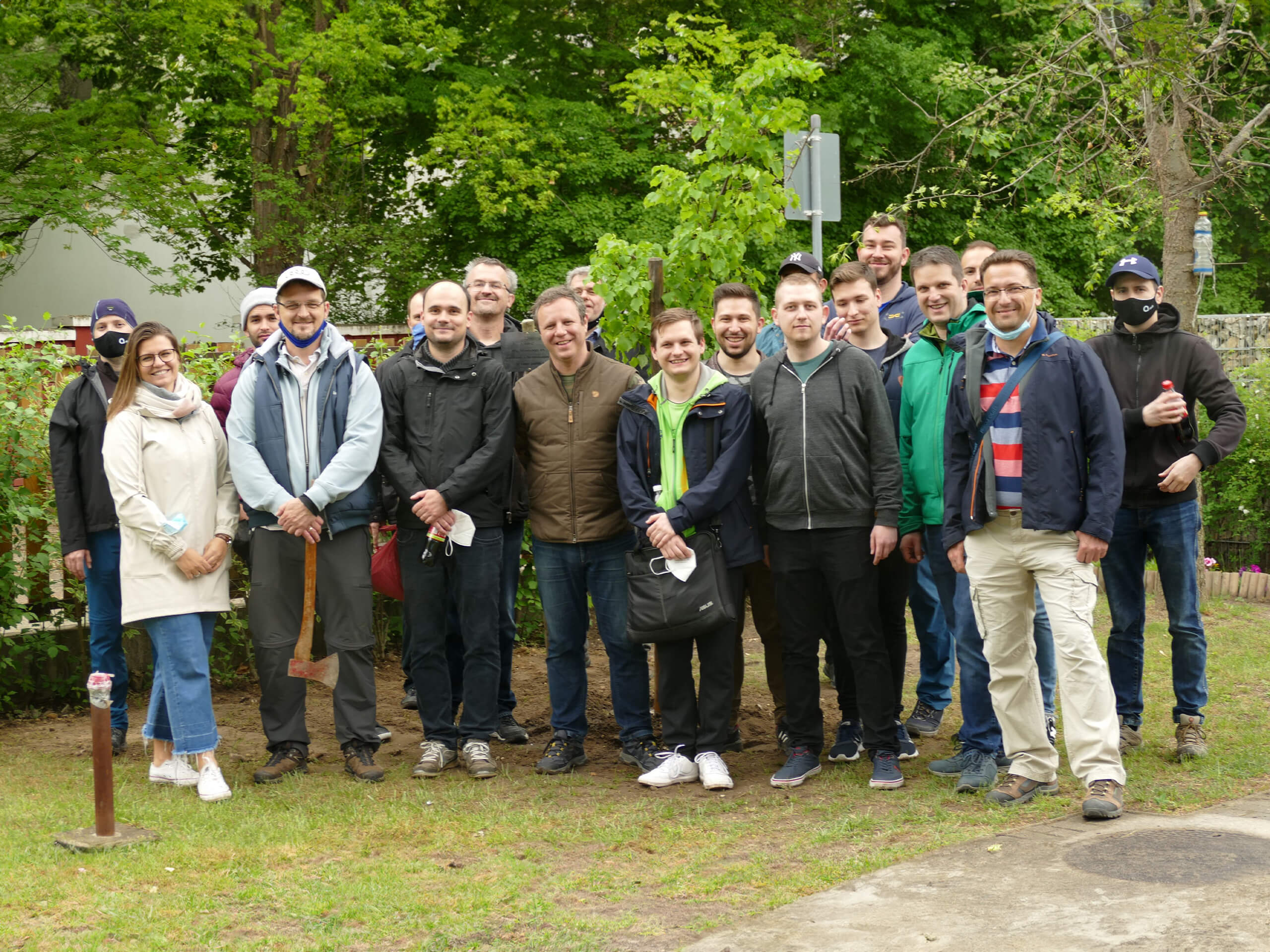
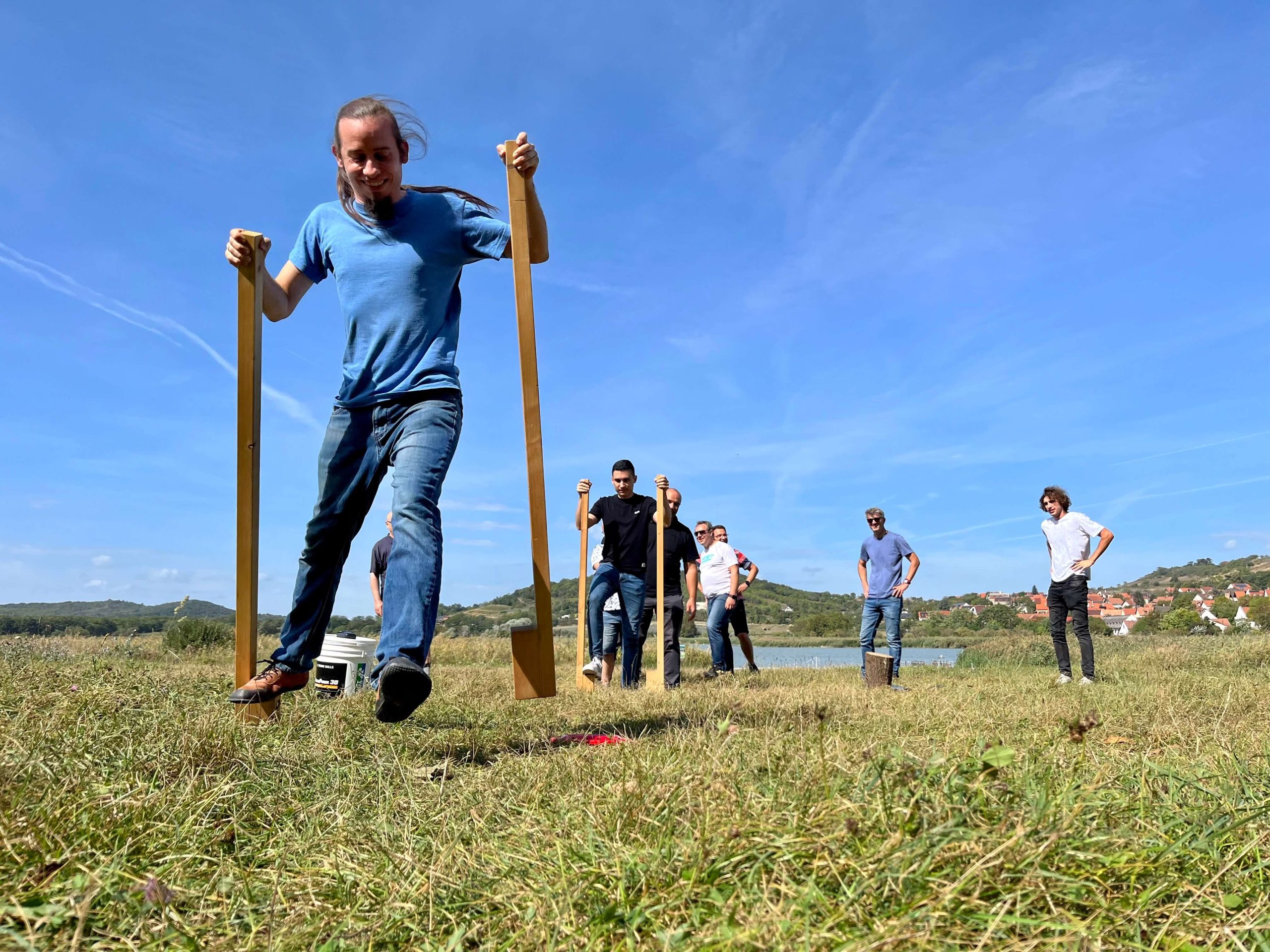
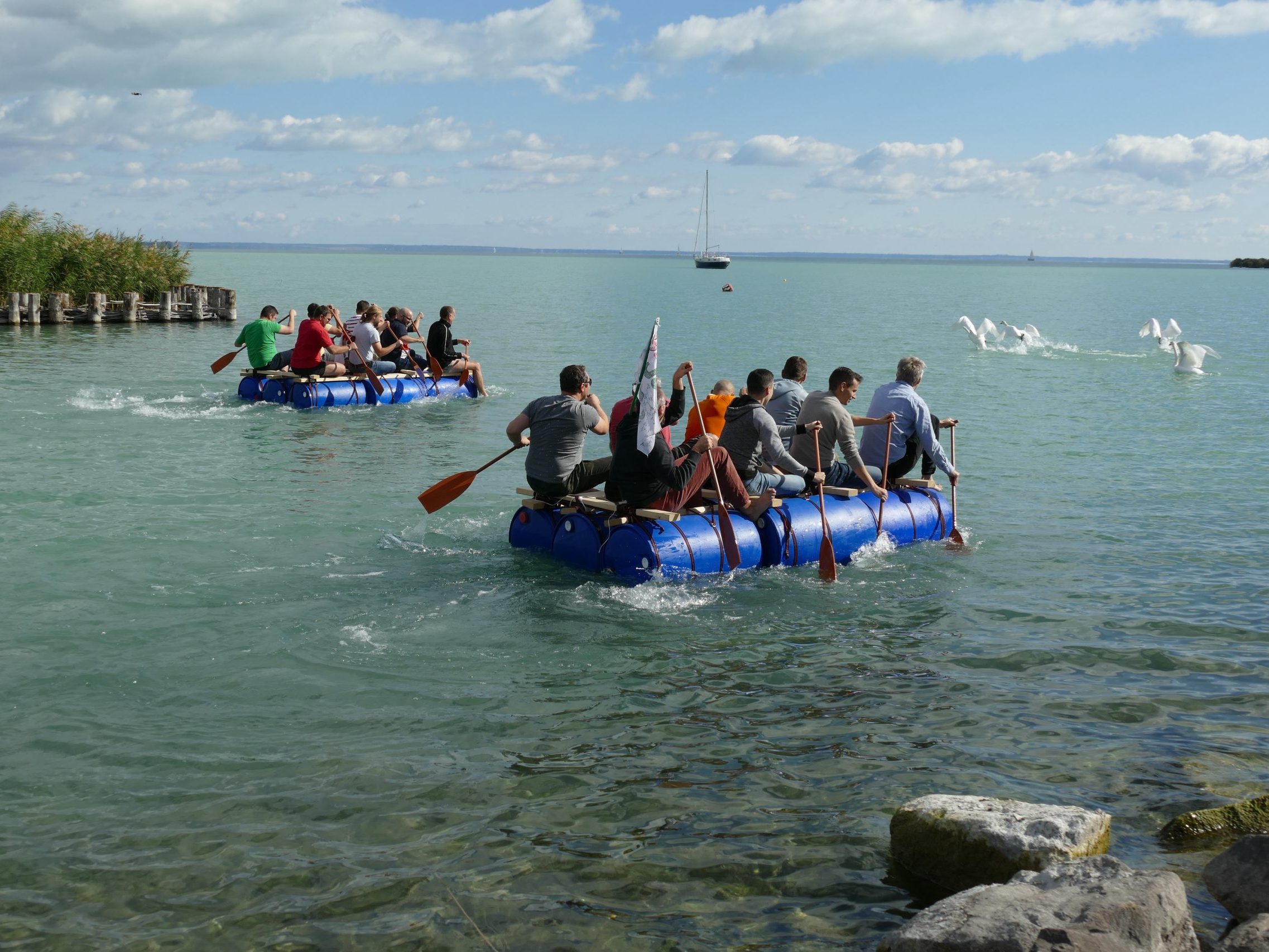
Our values
Professionalism
Diversity
Social Consciousness / Giving back to the Community
It’s not just another day of work, as we like to make Atoll a great place to be a part of by having fun in and out the office, such as doing team building sports activities, playing board or computer games, watching movies, participating on charity programs or going out together for a drink after work We want our employees to feel as if they are part of a family
Experience
We have been helping companies be better at changing for 20 years in 10+ countries. Experience, that is not typical but beneficial to our customers, has been and is constantly being accumulated by our team. EA is a continuously changing practice and with our experience and of course with SAMU’s built in flexibility we feel we are well positioned to meet the challenges of tomorrow.
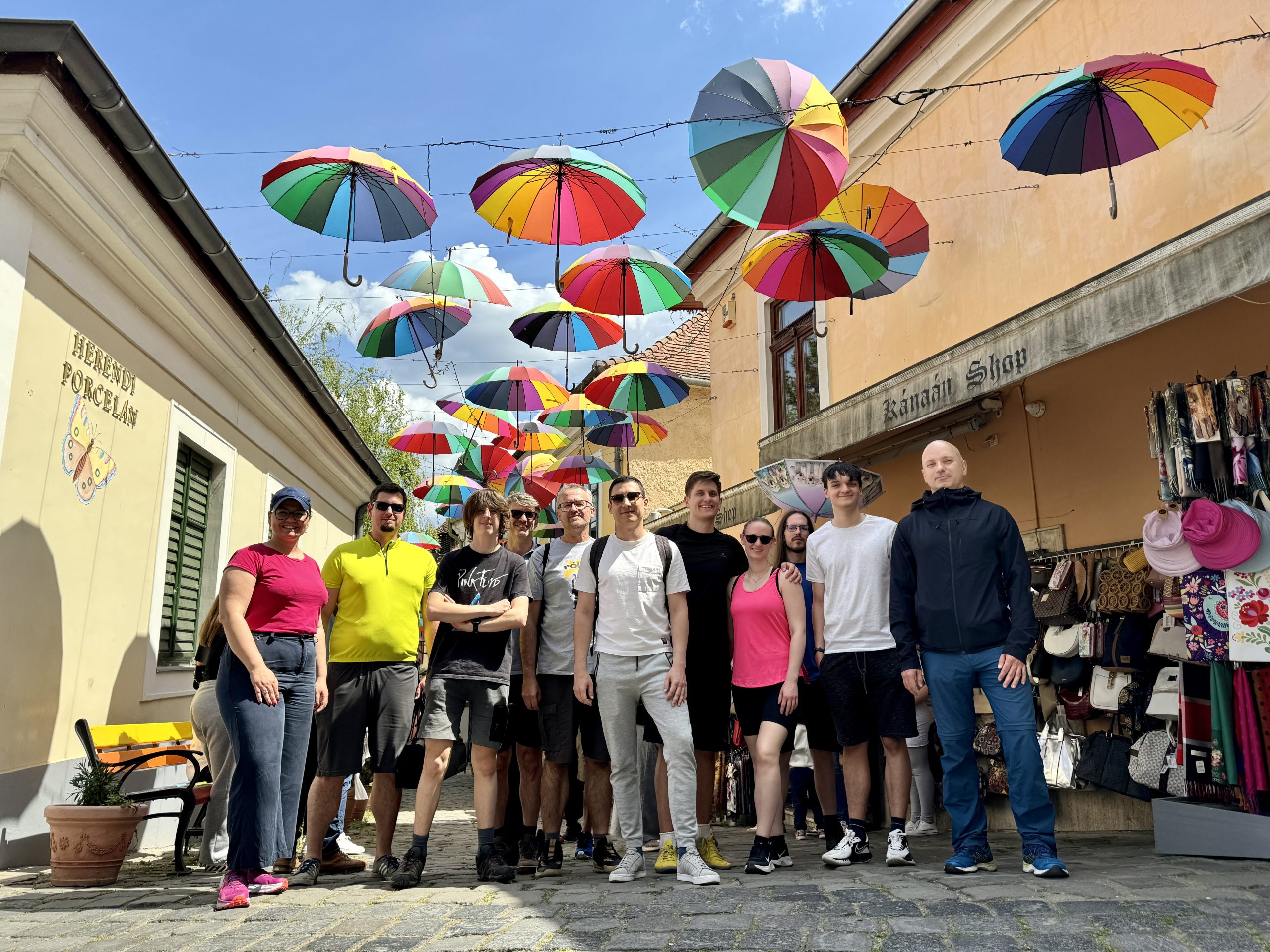



Sustainability / CSR
Sustainability is extremely important as our workforce is young and thus it is important that we act in an environmentally conscious way in order to make the world a livable place for future generations. We frequently do eco-friendly team building activities such as planting trees or picking up and collecting waste in naturally protected areas. We want SAMU to be an enabler at our customers in supporting sustainability initiatives.

A little help for the little ones
A few weeks after Irma hit Florida, the BBC conference was on full swing in Orlando. Instead of taking our technical equipment back home, we decided to offer it up as charity to those in need.
Irma Hurricane, which swept through the Atlantic coast in September 2017, was among the strongest hurricanes ever recorded. It hit many islands in the Caribbean and left in its wake serious damage in Florida.
This November, was the second time we have participated at the BBC conference, which took place just a few weeks after Irma, in Orlando. Usually, we rent the technical equipment we need for the business talks on the show floor, but this time we wanted to do it differently.
We instead bought it and offered it to the kids at the Makvirag Preschool and Elementary School of Orlando.
“It’s just a television and few other pieces of equipment, but we really wanted to help to someone in need. We looked for an organization that serves the local community and one that can use the equipment for a good cause. We didn’t have to search for long as we found the cute children of the Makvirag School. It’s great seeing the kids using the television! 🙂 ” – Niki Csonka, marketing assistant.
See you next time in Orlando!
This time, Atoll Technologies Ltd. has decided to support the Foundation for Pulmonary Medicine’s fight against COVID
The management of Atoll Technologies Ltd. has decided to financially support the work of the Foundation for Pulmonary Medicine (Tüdőgyógyászatért Alapítvány) and to express its sincere gratitude and respect for the efforts of those working in health care during these extraordinary times.
The National Korányi Intstitute of Pulmonology is one of the main actors in Hungary in the fight against the Coronavirus, as the virus primarily damages the lungs. The Foundation for Pulmonary Medicine works to support the intellectual, technical, and professional development of those working at the institute based on the visions of Frigyes Korányi. Furthermore, to support to improve the operational conditions for those working there to achieve the best possible level of patient care.
Our company and the SAMU team wish continued strength and health to both the patients and employees of the institution.
We Planted Trees in the Courtyard of Homoktövis Nursery
Atoll Technologeis Ltd. (developer of SAMU) participated in the planting of sixteen trees in the yard of the Homoktövis Nursery in Budapest. In just a few hours, the employees of the company, together with the team of the 10 Million Trees (10 Millió Fa) NGO, contributed to the creation of a more livable and friendly nursery courtyard on 14 May.
Since 2019, the 10 Million Trees NGO has been operating in an ever-increasing number of places, small towns, villages, county seats, and districts of the capital. The planting work is assisted by a central team of experts consisting of foresters, gardeners, ecologists, and often with the involvement of the local population of the community. This was also the case during the spring time work done in the courtyard of the Homoktövis Nursery. Many residents of Káposztásmegyer gave their time and energy and contributed to the creation of a more livable environment along with the volunteers from Atoll.
As an IT company, we strive to play our part in the fight for the environmental sustainability. In addition to day-to-day support activities, we organized a company community day every year where our employees can volunteer their time and efforts to a dedicated environmental task. Despite the pandemic, it was a pleasure to see that most of our staff was willing to participate in the tree planting activity. We hope that the trees we planted will adorn the yard of the institution for a long time. ” – said Imre Juhász, the Managing Director of Atoll Technologies Ltd.
Latest news

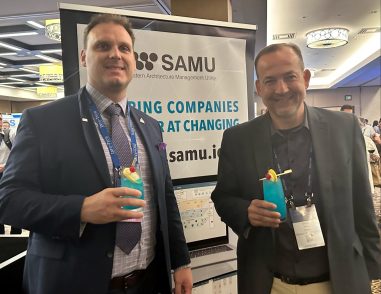
Atoll Technologies Plc. participated on the Info-Tech Live 2023 conference in Las Vegas
Atoll Technologies Plc. participated on the Info-Tech Live 2023 conference held at The Cosmopolitan in Las Vegas as a sponsor with our EA tool SAMU. Our director of our US Operations Oliver Kocs attended on behalf of Atoll. In the 3-day event we sponsored the second night’s reception where we had a special AI generated cocktail called the SAMU Slinger. The fluorescent blue drink turned out to be a huge success.
I don’t feel like I am something more because I do it, but I feel I’d be a lot less if I didn’t do it. – Peter David, SAMU team member.
As the first Hungarian, our colleague Péter Dávid is the European Taekwondo champion and bronze medalist at the World Championships, in the IV.-VI. dan category sabum (instructor). After Peti closes his laptop at Atoll, he devotes his free time to the Korean martial arts. And for the past seven years, he has also been coaching the team of athletes of the Sasok Taekwondo division in Köbánya in Budapest.
We have become a joint-stock company!
The corporate form of Atoll Technologies Ltd. has changed. Our company will continue its normal operations under the name Atoll Technologies PLC. from September 1, 2022.



